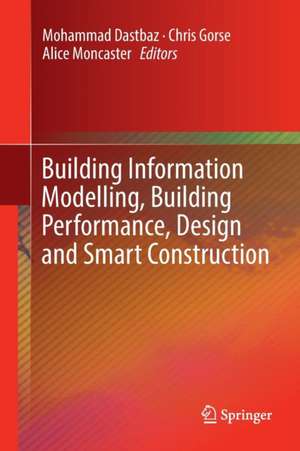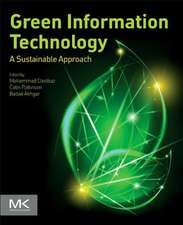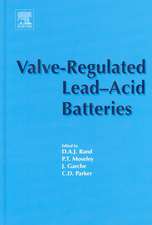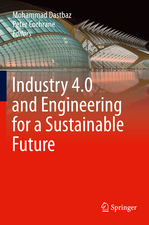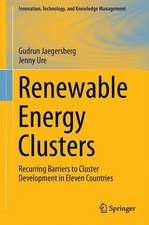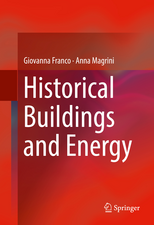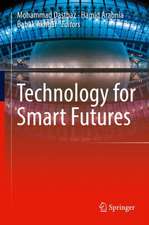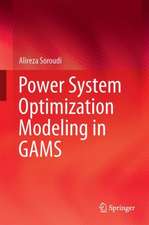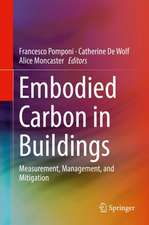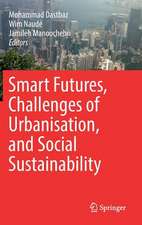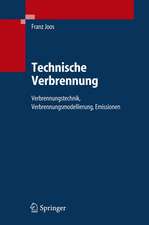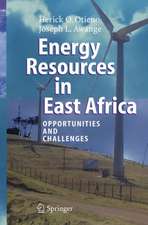Building Information Modelling, Building Performance, Design and Smart Construction
Editat de Mohammad Dastbaz, Chris Gorse, Alice Moncasteren Limba Engleză Paperback – 7 aug 2018
| Toate formatele și edițiile | Preț | Express |
|---|---|---|
| Paperback (1) | 947.35 lei 6-8 săpt. | |
| Springer International Publishing – 7 aug 2018 | 947.35 lei 6-8 săpt. | |
| Hardback (1) | 953.52 lei 6-8 săpt. | |
| Springer International Publishing – 7 apr 2017 | 953.52 lei 6-8 săpt. |
Preț: 947.35 lei
Preț vechi: 1155.30 lei
-18% Nou
Puncte Express: 1421
Preț estimativ în valută:
181.30€ • 188.58$ • 149.67£
181.30€ • 188.58$ • 149.67£
Carte tipărită la comandă
Livrare economică 14-28 aprilie
Preluare comenzi: 021 569.72.76
Specificații
ISBN-13: 9783319843773
ISBN-10: 331984377X
Ilustrații: XXIX, 326 p. 107 illus., 100 illus. in color.
Dimensiuni: 155 x 235 mm
Greutate: 0.5 kg
Ediția:Softcover reprint of the original 1st ed. 2017
Editura: Springer International Publishing
Colecția Springer
Locul publicării:Cham, Switzerland
ISBN-10: 331984377X
Ilustrații: XXIX, 326 p. 107 illus., 100 illus. in color.
Dimensiuni: 155 x 235 mm
Greutate: 0.5 kg
Ediția:Softcover reprint of the original 1st ed. 2017
Editura: Springer International Publishing
Colecția Springer
Locul publicării:Cham, Switzerland
Cuprins
Part I. Concepts in Sustainability.- Chapter 1.The Problem is also the Solution: The Sustainability Paradox.- Chapter 2.Appreciating the Wicked Problem: A Systems Approach to Sustainable Cities.- Chapter 3.Circular Economy Research in the Built Environment: A Theoretical Contribution.- Part II. Building Information Modelling.- Chapter 4.- 1.Building Information Modelling: A Paradigm Shift in Construction – Farzad Khosrowshahi Iterative design using agile project management and BIM to improve building performance.- Chapter 5.Use of simulation through BIM-enabled Virtual Projects to enhance learning and soft employability skills in Architectural Technology education.- Chapter 6. Development of a Building Information Modelling (BIM) based real-time data integration system using a Building Management System (BMS).- Chapter 7.Procurement route and Building Information Modelling (BIM) implementation effect on sustainable Higher Education Refurbishment’ projects.- Part III. Building Performance and Design.- Chapter 8.A novel transient experimental method for in situ measurements of the thermal performance of building fabrics.- Chapter 9.Energy Performance Analysis of Residential Buildings in Saudi Arabia (Multi Case Study).- Chapter 10.Fossil fuel reliant housing in Nigeria: physio-climatic regionalism as an energy/cost efficient perspective to providing thermal comfort.- Chapter 11.Predicting future overheating in a Passivhaus dwelling using calibrated dynamic thermal simulation models.- Chapter 12.Benefits and challenges of visualising embodied and whole life carbon of buildings.- Chapter 13.Models for Sustainable Electricity Provision in Rural Areas Using Renewable Energy Technologies – Nigeria Case Study.- Chapter 14.Energy Mapping Using Publicly Available Data for Urban Energy Retrofit.- Part IV.Smart Construction.- Chapter 15.-Things change: exploring transformational experiences within the UK construction industry.- Chapter 16.In-Situ Thermal Transmittance ofCase Studies In Dublin.- Chapter 17.It’s House-Building but not as We Know It: The Impact Of Neighbourhood Planning On Development In England.- Chapter 18.Integrated Façade System for office buildings in hot and arid climates: A comparative analysis.- Chapter 19.Decarbonising construction using renewable photosynthetic materials.- Chapter 20.The replacement of wood or concrete in construction projects – an industrial case study demonstrating the benefits of intrusion moulded mixed waste plastic.
Notă biografică
Prof. Mohammad Dastbaz is the Deputy Vice Chancellor at University of Suffolk. Professor Dastbaz’s research work over recent years has been focused on the use and impact of emerging technologies in society, particularly learning, training and the development of “eGovernment.” Dr. Dastbaz has led EU and UK based funded research projects and has been the Symposium Chair of Multimedia Systems in IEEE’s Information Visualisation (IV) conference since 2002. He has over 50 refereed publications, including numerous journal paper articles, conference papers, book chapters and books on e-learning, eGovernment and the design and development of Multimedia Systems. Professor Dastbaz is a Fellow of the British Computer Society and UK’s Higher Education Academy as well as the professional member of ACM and IEEE’s computer society.
Textul de pe ultima copertă
This book charts the path toward high performance sustainable buildings and the smart dwellings of the future. The volume clearly explains the principles and practices of high performance design, the uses of building information modelling (BIM), and the materials and methods of smart construction. Power Systems, Architecture, Material Science, Civil Engineering and Information Systems are all given consideration, as interdisciplinary endeavours are at the heart of this green building revolution.
Caracteristici
Covers modelling, design methods, construction materials, and performance measurement of green buildings; Features in-depth instructions for using Building Information Modelling (BIM and BIM-II) to plan high-performance buildings; Integrates power system considerations with each stage in order to highlight energy efficiency. Includes supplementary material: sn.pub/extras
